
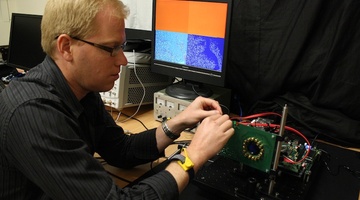
Position: Former Senior Lecturer, University of Waikato. Currently founder and director Chronoptics. Field: Optics, time-of-flight 3D-cameras Dr Adrian Dorrington was attracted to studying ...
READ MORE
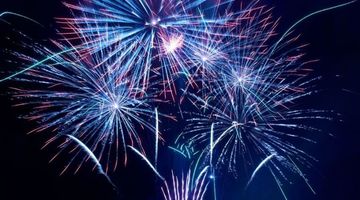
Light is a form of energy produced by a light source. Light is made of photons that travel very fast. Photons of light behave like both waves and particles. Light sources Something that produces ...
READ MORE

Position: former Associate Professor, University of Otago. Field: Ophthalmology. Dr Gordon Sanderson was Associate Professor in the Department of Ophthalmology at the University of Otago ...
READ MORE

In this set of activities, students are introduced to basic Physical World concepts about light through the use of play and exploration. Students also have the opportunity to design simple ...
READ MORE
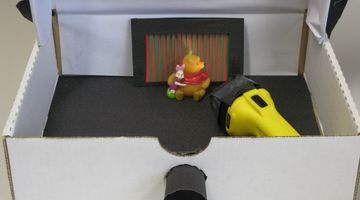
In this activity, students investigate specular and diffuse reflection by looking into a dark box and shining a torch at various objects, coloured paper and a mirror. By the end of this activity ...
READ MORE
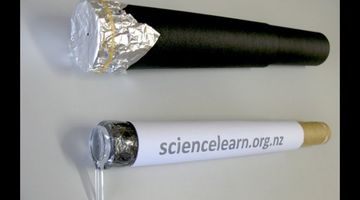
In this activity, students make a pinhole camera and see images formed on an internal screen. They then use a lens and see brighter and sharper images. This models the human eye. By the end of ...
READ MORE

Search data from NASA’s Kepler spacecraft for the dips in star light intensity caused by exoplanets – planets that orbit stars other than the Sun. As these exoplanets pass between the star and ...
READ MORE
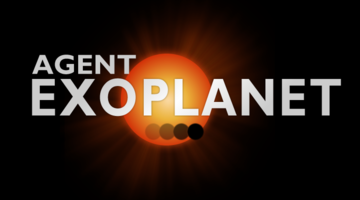
Help astronomers at Las Cumbres Observatory, California, study exoplanets – planets that orbit stars other than our Sun. Do this by interpreting images taken by their telescopes in Hawaii ...
READ MORE
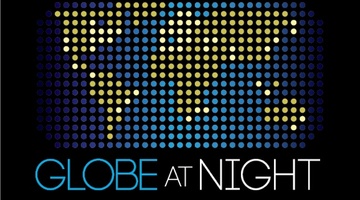
Globe at Night is an international citizen science campaign to raise public awareness of the impact of light pollution by inviting citizen scientists to measure and submit their night sky ...
READ MORE

Teacher Melissa Coton incorporated online citizen science project Globe at Night as part of a year 5/6 unit on light. Here, she reflects on what she and her students learned. Rights: The ...
READ MORE

This unit plan shows how teacher Melissa Coton extended her year 5/6 students’ learning about light by engaging them in learning about light pollution at night. Rights: Mark Gee, The Art of Night ...
READ MORE

Teacher Matt Boucher incorporated online citizen science projects Planet Hunters and Agent Exoplanet in a year 7/8 unit on light. Here, he reflects on what he and his students learned. Rights ...
READ MORE
Professor Denis Sullivan, from Victoria University of Wellington, explains the transit method for detecting planets in orbit around stars other than our Sun.
READ MORE
Teacher Melissa Coton used an online citizen science project to help her year 5 and 6 students develop the science capability ‘Critique evidence’. Participants in the Globe at Night project make ...
READ MORE
Teacher Matt Boucher and his year 7/8 students learned more about measuring light brightness by helping scientists look for exoplanets. The unit on light was taught while Matt was part of a ...
READ MORE
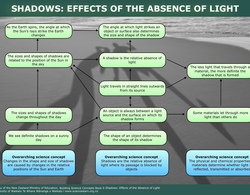
This interactive explores the sequential and interlinking science concepts that underpin knowledge and understanding about light and shadows.
READ MORE
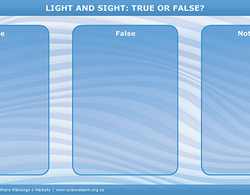
Use this interactive graphic organiser to help highlight some common alternative conceptions about light and sight. Place each label where you think it belongs. This activity can be done ...
READ MORE
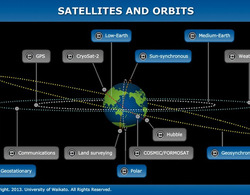
The size, orbit and design of a satellite depend on its purpose. In this interactive, scientists discuss the functions of various satellites and orbits. Accompanying fact files provide ...
READ MORE